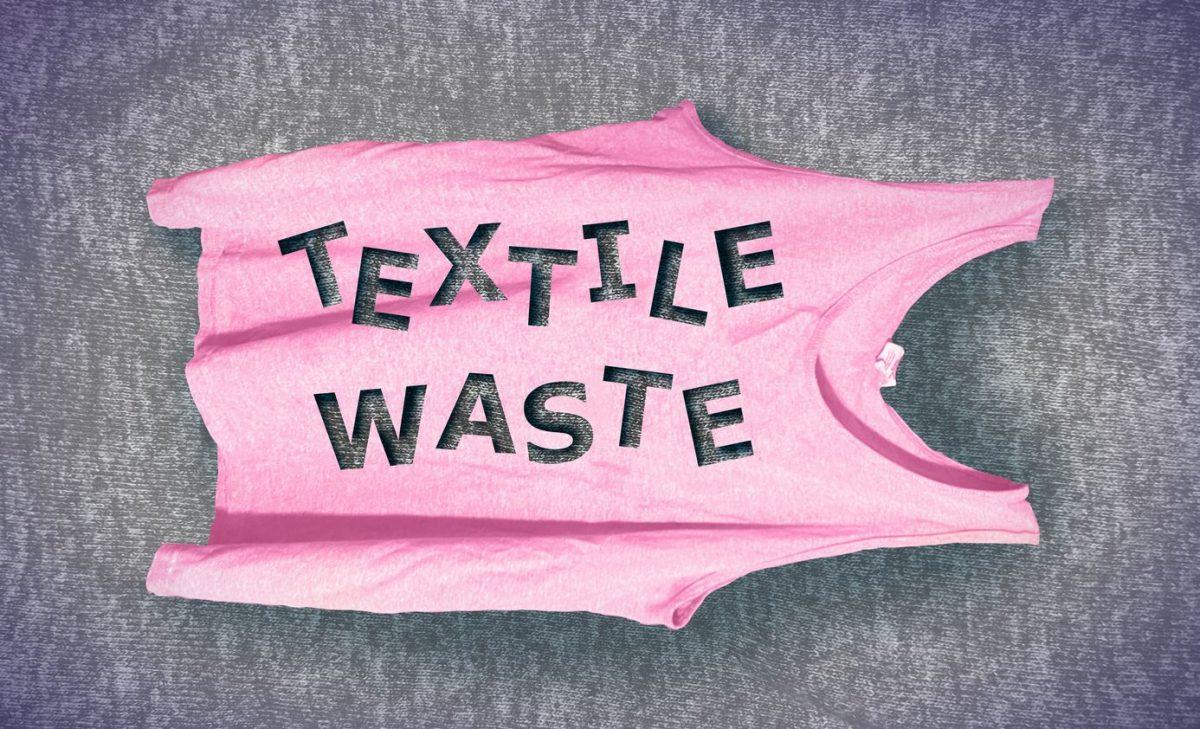Textile waste is a growing problem over the past decade, and with the fast-fashion industry churning out trendy clothing from season to season, research on textile waste is more important than ever. Since NC State is a well-known public research university, research is a top priority, and this is especially true in terms of textile waste.
Sonja Salmon, associate professor in the Department of Textile Engineering, Chemistry and Science, has shown interest in sustainable materials, spanning the recycling of textile waste, the creation of bio-based materials and the breakdown of materials using enzymes.
According to Salmon, textile waste is one of the top issues plaguing the textile industry. This issue is particularly prominent when clothes are thrown away after a few uses.
“One of the problems that the industry faces, or that we as consumers face, is that we love textiles,” Salmon said. “We love to change our fashion, but this idea of changing fashion and fast fashion has created a real issue for textile waste accumulation.”
According to Salmon, the textiles that we wear are well-engineered materials. She said people often don’t think that much about them, but they’re comfortable, beautiful and easy to care for. The downside is they’re very complicated; you have a lot of different fiber types and chemical additives that make it very hard to take the material apart again to be recycled.
Salmon’s new research is focused on the creation of a new bio-based textile that can be degraded by enzymes: a recycling process aided by natural catalysts. Of course, textile waste is interconnected to research in other colleges at NC State as well.
Ronalds Gonzalez, associate professor in the Department of Forest Biomaterials, said issues with textile waste are adjacent to topics such as supply chain and conversion economics.
“Heterogeneity is a big issue in textile waste because some of the materials are very different,” Gonzalez said. “These are challenges in the supply chain, but actually, the conversion process per se, that need to be addressed in order to make recycling successful”.
One of Gonzalez’s current research projects concerns the conversion of textiles. This process starts with turning textiles into bio-sugars, which are then transformed into high-value chemicals or additives and result in a certain amount of reusable material based on levels of dye.
According to Salmon, the textile industry is always changing, and new ideas and innovations are brought to the forefront every day. One such example is in the establishment of recycling programs by prominent clothing retailers.
“Cotton Inc., for example, has their Blue Jeans Go Green program, where they ask you to send in your blue jeans,” Salmon said. “Then they actually collaborate with producers who essentially shred the blue jeans and turn them into insulation for homes. I think what is exciting to me is people are really starting to think about new ways to use the waste. It used to not be on the radar, like it would be very small, ‘make a quilt out of your own pajamas’ kind of thing.”
Another innovation within the past five years has been a renewed focus on natural fibers, such as hemp. According to Salmon, natural fibers like hemp are better for the environment, since the plant requires fewer natural resources and the fibers degrade much easier.
“In the United States alone, around 10 million tons of textile waste ends up in landfills every year, and the number is steadily growing,” Salmon said. “Despite this, sustainability is more popular than ever, with many companies in differing industries taking the initiative to implement business practices dedicated to helping the environment and reducing consumption.”
At NC State, research on textile waste could have a leading impact on the future of the textile industry, which is the first step in efforts to reduce textile waste and establish sustainable business practices.








